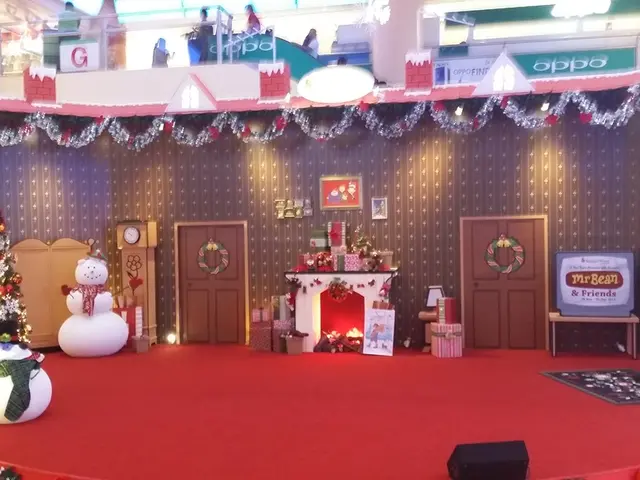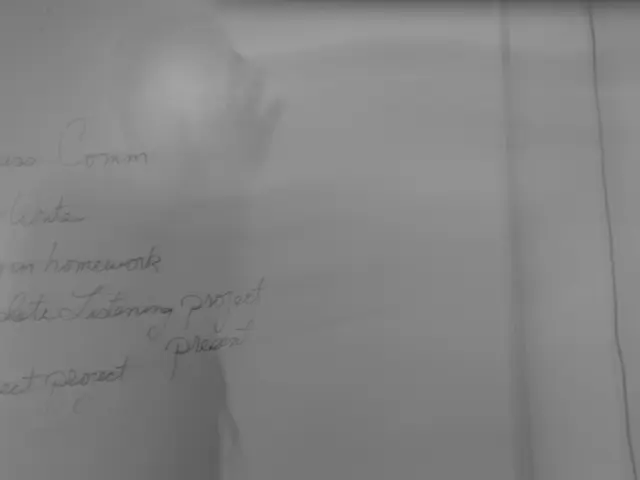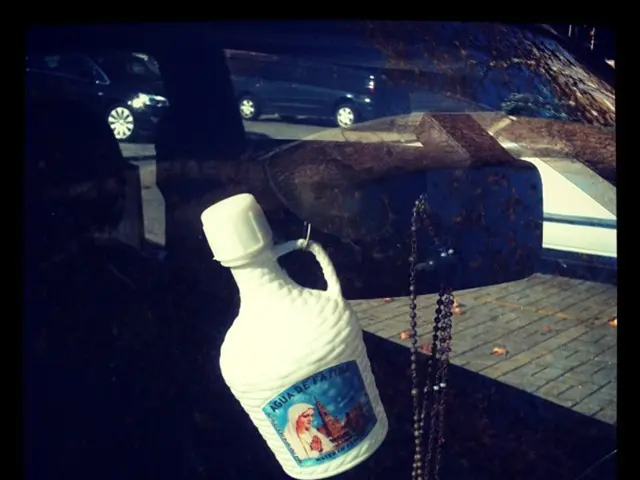Occupied Auto Seats Belong to Youth
The Ministry of Transport in Russia is planning to introduce amendments to the Road Traffic Regulations, aiming to prohibit the use of inexpensive alternatives to child car seats and boosters for transportation. These restrictions will extend to belt tensioners, non-structural car seats, and devices unable to secure a child safely during an accident. The ban is supported by industry experts. Simultaneously, the State Duma is considering increasing the fine for violating child transportation rules from 3,000 to 5,000 rubles.
The proposed amendments, published on regulation.gov.ru, aim to enhance child safety regulations. Currently, children under seven must travel in a "child restraint system" (CRS), while children aged seven to eleven can use the vehicle's seat belts (only in the back seat, and only in a car seat in the front). Violations are punishable with a 3,000-ruble fine.
The term "child restraint system" currently lacks a clear definition in the rules, leading some parents to purchase cheaper alternatives such as belt tensioners, non-structural car seats, adapters, and other uncertified devices. These alternatives can cause children to fall out or suffer serious injuries due to improper belt placement. Parents frequently try to demonstrate these devices as CRS to avoid fines. The Ministry of Transport expressed concern about this practice.
The amendments aim to clarify the term "child restraint system" in the Road Traffic Regulations. The new definition will encompass any construction designed for transporting children. The amendments will prohibit the usage of certain items like belts, flexible elements with buckles, adapters, fixators, and belt covers. The modifications aim to clarify permitted devices and discourage the use of unsafe alternatives, even with questionable certificates.
Regarding the UNECE Regulation No. 44 rules, these guidelines set standards for child safety seats. They classify car seats according to the child's weight and recommend rear-facing or forward-facing installations, depending on the group. Approved seats must pass various safety tests and display an orange label with the standard number (ECE R44.04), the weight group, and an 'E' followed by a country code. Children must use a child seat until they reach 12 years of age or 135 cm in height. Booster seats and cushions also comply with ECE R44/O4, although backless booster seats have age and weight restrictions.
Tatiana Butskaya, First Deputy Chair of the State Duma Committee on Family Protection, emphasized the need for stricter regulations on child transportation. She noted that these alternatives to car seats and boosters have virtually disappeared from offline stores but are still available online. "The changes will create conditions that will eliminate demand for these items," she said.
Supporting these regulations, Denis Zagarinsky, Director of the testing center of FGUP NAMI, mentioned that the impact of the new traffic rules on drivers' behavior can only be assessed after they are implemented. He emphasized that drivers who buy "correctors" and "triangles" will continue to present certificates to inspectors to avoid responsibility. Zagarinsky suggested eliminating the possibility of issuing such certificates altogether.
- To ensure child safety, the proposed amendments seek to clarify the definition of 'child restraint system' (CRS) in the Road Traffic Regulations, encompassing any construction designed for transporting children.
- In the context of the health-and-wellness industry, the new definition aims to discourage the use of unsafe alternatives like belts, flexible elements, adapters, fixators, and belt covers, which can cause harm to children during an accident.
- As part of the broader science and finance sector, the State Duma's consideration of increasing fines for violating child transportation rules from 3,000 to 5,000 rubles is indicative of the industry's commitment to improving child safety during transportation.








